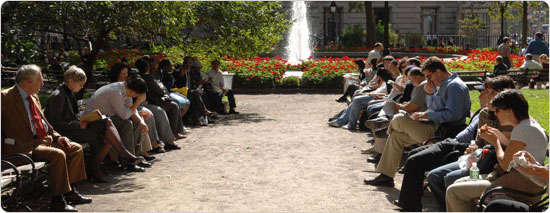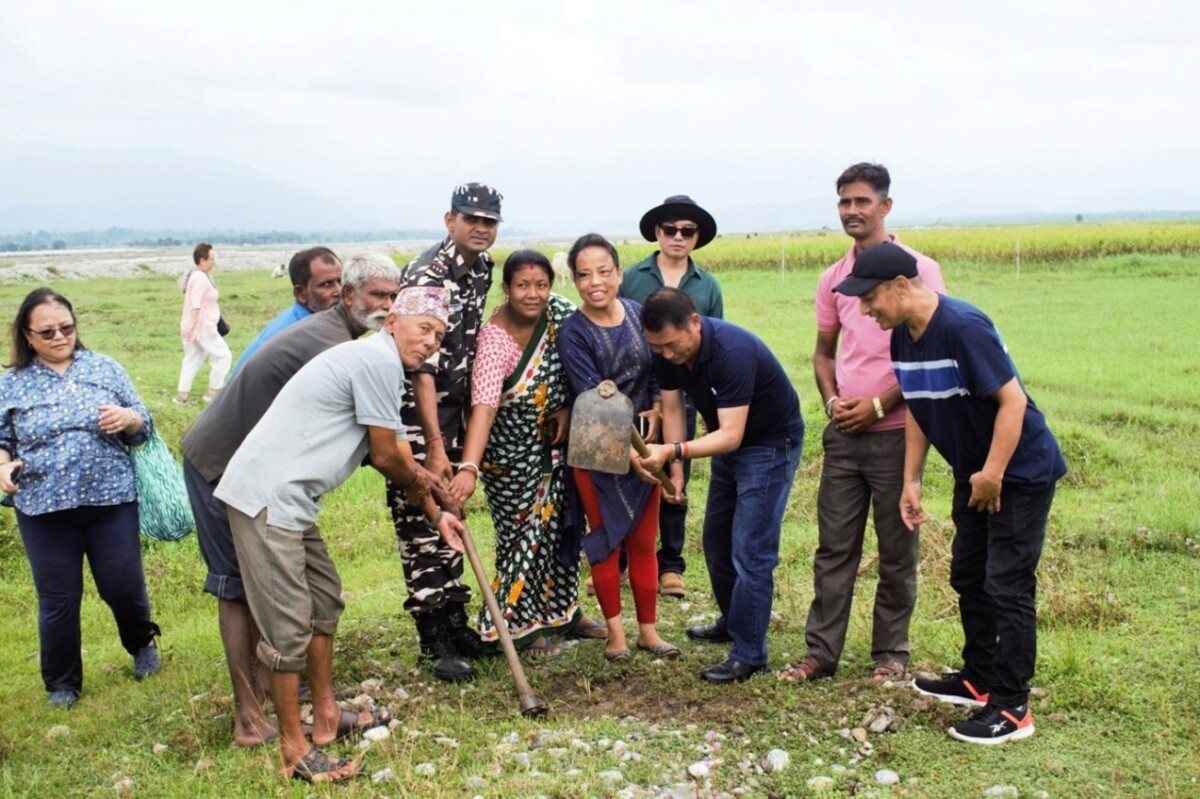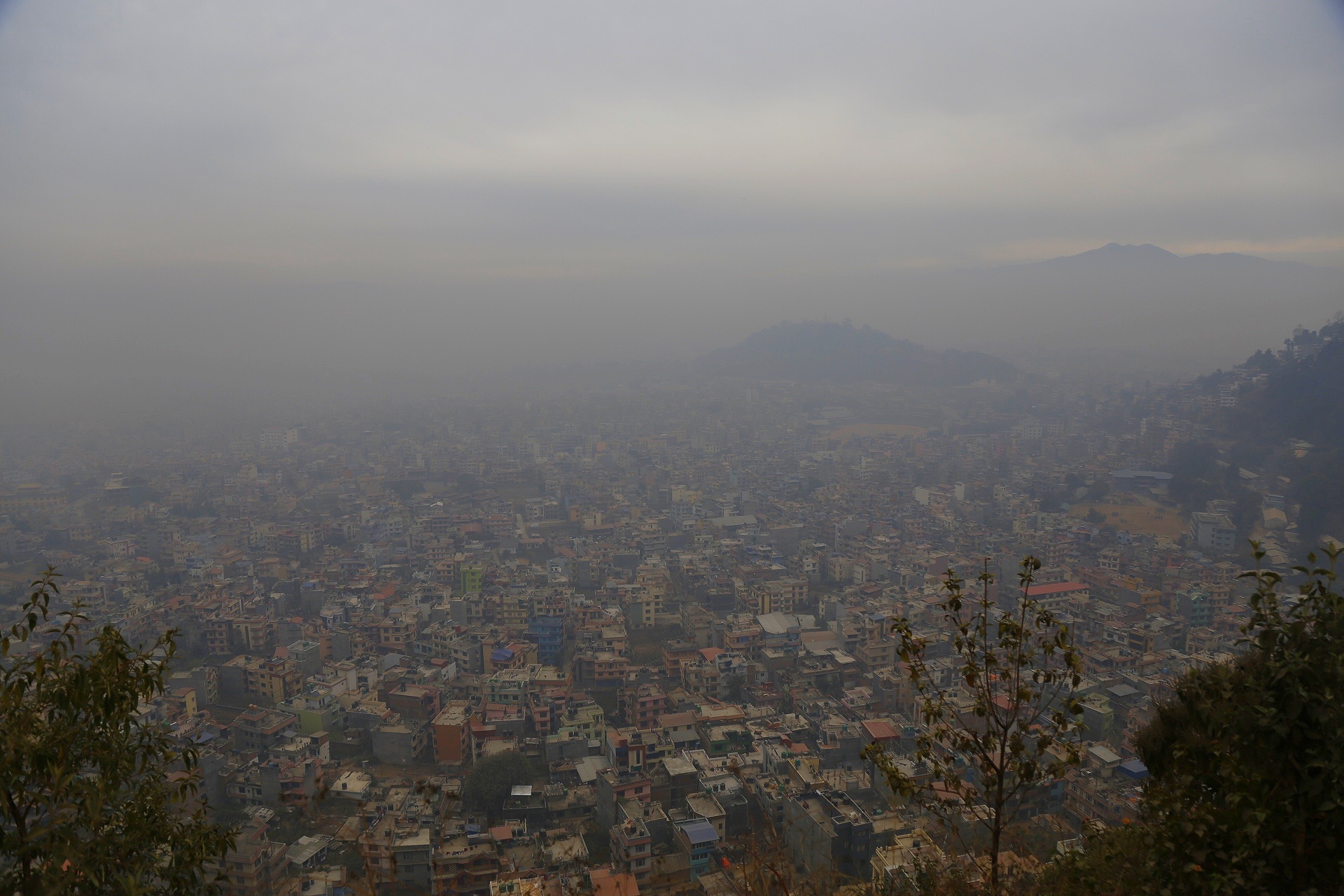Report on Urban Green Spaces and Their Contribution to Sustainable Development Goals in New York City
Introduction: The Role of Urban Oases in Advancing Sustainability
New York City’s public green spaces serve as critical infrastructure for advancing the United Nations Sustainable Development Goals (SDGs). These areas are not merely recreational; they are integral to creating resilient, healthy, and sustainable urban environments. This report analyzes five key green spaces in New York City, evaluating their specific contributions to the SDG framework, particularly in the areas of urban sustainability, public health, biodiversity, and education.
1. Ford Foundation Center for Social Justice Atrium
The Ford Foundation Atrium is a pioneering example of an indoor, publicly accessible garden that directly supports several SDGs.
- SDG 11 (Sustainable Cities and Communities): As a publicly accessible space, the atrium enhances urban inclusivity by providing a safe, welcoming, and climate-controlled green environment for all citizens. Its design integrates nature into the built environment, promoting sustainable urban development.
- SDG 3 (Good Health and Well-being): The tranquil atmosphere, reflecting pool, and diverse plant life offer a vital space for mental respite and stress reduction in a dense urban core, contributing to the well-being of residents and visitors.
- SDG 15 (Life on Land): The garden cultivates nearly 40 species of plants, contributing to urban biodiversity and serving as an educational display of flora within a unique architectural setting.
2. Elizabeth Street Garden
The preservation of Elizabeth Street Garden exemplifies a community-driven approach to urban planning and sustainability.
- SDG 11 (Sustainable Cities and Communities): The successful campaign to save the garden from development underscores the importance of participatory processes in protecting and managing urban commons. It remains a cherished public space that enhances community cohesion and local identity.
- SDG 17 (Partnerships for the Goals): The garden’s survival is a direct result of a powerful partnership between community members, artists, and local advocates, demonstrating a successful multi-stakeholder collaboration to achieve a common sustainability goal.
- SDG 3 (Good Health and Well-being): By hosting community events and offering a serene escape, the volunteer-run garden directly promotes social connection and mental well-being.
3. Central Park
As a world-renowned urban park, Central Park’s vast scale allows it to make substantial contributions across multiple SDGs.
- SDG 11 (Sustainable Cities and Communities): Spanning 843 acres, the park is a cornerstone of New York’s public infrastructure, providing accessible green space that significantly improves the quality of life for millions.
- SDG 13 (Climate Action): The park’s extensive tree canopy acts as a significant carbon sink, mitigates the urban heat island effect, and helps manage stormwater, playing a crucial role in local climate adaptation and mitigation.
- SDG 15 (Life on Land): Central Park is a vital habitat for urban wildlife and contains diverse ecosystems, including the Ravine and Conservatory Garden, which support and protect urban biodiversity.
- SDG 3 (Good Health and Well-being): It offers unparalleled opportunities for physical activity, recreation, and relaxation, serving as a critical resource for the physical and mental health of the city’s population.
4. The High Line
The High Line is a model for innovative urban renewal, transforming derelict infrastructure into a valuable asset for sustainability.
- SDG 11 (Sustainable Cities and Communities): This project demonstrates a creative approach to adaptive reuse, creating a unique, linear public park that enhances connectivity and provides green space in a dense commercial and residential area.
- SDG 15 (Life on Land): Its 16 distinct garden zones feature native and resilient plant species, showcasing sustainable horticulture and creating a corridor for local pollinators and wildlife.
- SDG 3 (Good Health and Well-being): The park integrates wellness programs, art installations, and spaces for quiet observation, fostering both physical activity and mental restoration.
- SDG 8 (Decent Work and Economic Growth): The High Line has become a major tourist attraction, stimulating local economic activity and creating jobs in tourism, horticulture, and park management.
5. New York Botanical Garden (NYBG)
The NYBG is a premier institution that merges recreation with critical scientific and educational missions aligned with the SDGs.
- SDG 4 (Quality Education): As a 250-acre living museum, the NYBG provides extensive educational opportunities for the public on topics of botany, ecology, and conservation through its exhibitions and living collections.
- SDG 15 (Life on Land): The garden is a global leader in plant research and conservation, housing over one million living plants and protecting vital ecosystems like the Thain Family Forest. It plays a direct role in preserving global biodiversity.
- SDG 3 (Good Health and Well-being): For those seeking a comprehensive escape from the urban environment, the NYBG offers vast, immersive natural landscapes that provide profound benefits for mental and emotional well-being.
1. Which SDGs are addressed or connected to the issues highlighted in the article?
SDG 3: Good Health and Well-being
- The article emphasizes the role of green spaces in promoting mental well-being. It describes them as places to “unwind,” find “peace,” and have a “quieter escape” from the “relentless energy” of New York City. This directly connects to the goal of ensuring healthy lives and promoting well-being for all.
SDG 11: Sustainable Cities and Communities
- The core theme of the article is making urban environments more livable and sustainable by highlighting accessible green and public spaces. It discusses the creation, preservation, and public accessibility of parks and gardens within New York City, which is central to making cities inclusive, safe, resilient, and sustainable.
SDG 15: Life on Land
- The article touches upon the protection and promotion of biodiversity within an urban context. It mentions the preservation of gardens from demolition, the variety of plant species (“nearly 40 species,” “over one million living plants”), and the presence of wildlife (“red-tailed hawks, great-horned owls and even wild turkeys”), which relates to protecting and restoring terrestrial ecosystems.
2. What specific targets under those SDGs can be identified based on the article’s content?
SDG 3: Good Health and Well-being
- Target 3.4: By 2030, reduce by one third premature mortality from non-communicable diseases through prevention and treatment and promote mental health and well-being. The article supports the “promote mental health and well-being” aspect of this target by presenting green spaces as essential for “quiet contemplation,” finding “peace,” and getting a “breath of fresh air” to counteract urban stress.
SDG 11: Sustainable Cities and Communities
- Target 11.7: By 2030, provide universal access to safe, inclusive and accessible, green and public spaces. The article directly addresses this target by focusing on “publicly accessible” spaces. It details the Ford Foundation Atrium as the “city’s first publicly accessible indoor garden,” the successful campaign to keep Elizabeth Street Garden a “publicly accessible green space,” and the accessibility of Central Park and The High Line.
SDG 15: Life on Land
- Target 15.5: Take urgent and significant action to reduce the degradation of natural habitats, halt the loss of biodiversity and, by 2020, protect and prevent the extinction of threatened species. The successful community campaign to save the Elizabeth Street Garden from being “slated for demolition” is a direct example of taking action to reduce the degradation of a local green habitat and preserve its biodiversity.
3. Are there any indicators mentioned or implied in the article that can be used to measure progress towards the identified targets?
Indicators for Target 11.7
- Area of public green space: The article provides quantitative data that can be used as an indicator, such as “over 20,000 acres of natural areas” in the city, Central Park’s “843 acres,” and the New York Botanical Garden’s “250-acre” size.
- Number and accessibility of public spaces: The article lists five distinct green spaces and notes their public accessibility, including opening hours (“11 a.m. to 6 p.m., Monday through Saturday” for the Ford Atrium) and community use (Elizabeth Street Garden hosts “movie and poetry nights”).
Indicators for Target 3.4
- Availability of spaces for mental well-being: While not a formal UN indicator, the article implies that the number and quality of spaces available for “quiet contemplation” and “tranquility” serve as a measure of a city’s commitment to mental well-being. The description of the Ford Atrium as “rarely busy” indicates its quality for this purpose.
Indicators for Target 15.5
- Biodiversity count: The article mentions specific numbers that can serve as biodiversity indicators, such as the “nearly 40 species of trees, vines and shrubs” in the Ford Atrium, the “16 unique garden zones” on The High Line, and the “over one million living plants” at the New York Botanical Garden.
- Community engagement in conservation: The successful campaign to save Elizabeth Street Garden, supported by “thousands of community members, local artists and celebrities,” serves as an indicator of public action and engagement in protecting local habitats.
4. Table of SDGs, Targets, and Indicators
| SDGs | Targets | Indicators Identified in the Article |
|---|---|---|
| SDG 3: Good Health and Well-being | 3.4: Promote mental health and well-being. |
|
| SDG 11: Sustainable Cities and Communities | 11.7: Provide universal access to safe, inclusive and accessible, green and public spaces. |
|
| SDG 15: Life on Land | 15.5: Take urgent action to reduce the degradation of natural habitats and halt the loss of biodiversity. |
|
Source: nyunews.com







